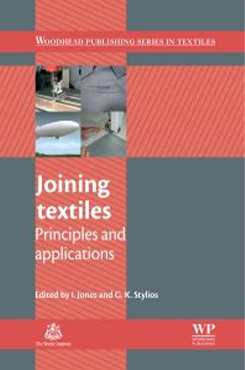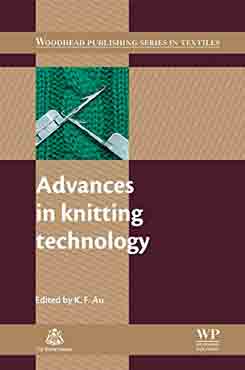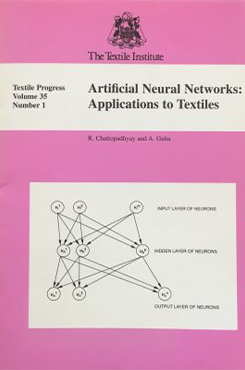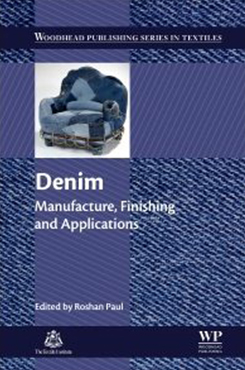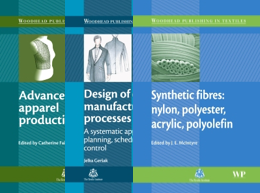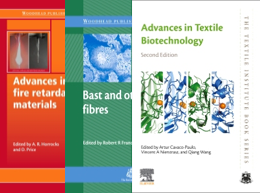Description
Provides an authoritative guide to the key theories and methods used to efficiently join fabrics – discusses the mechanics of stitching and sewing and problems related to sewn textiles, alongside mechanisms of sewing machines, and intelligent sewing systems – explores adhesive bonding of textiles, including principles, methods and applications, along with a review of bonding requirements in coating and laminating of textiles – also reviews applications of joining textiles as seams in non-iron shirts and car seat coverings, joining of wearable electronic components and technical textiles, and the joining techniques involved in nonwoven materials Understanding the techniques for joining fabrics together in a way that considers durability, strength, leak-tightness, comfort in wear and the aesthetics of the joints is critical to the production of successful, structurally secure fabric products. Joining textiles: Principles and applications is an authoritative guide to the key theories and methods used to join fabrics efficiently. Part one provides a clear overview of sewing technology. The mechanics of stitching, sewing and problems related to sewn textiles are discussed, along with mechanisms of sewing machines and intelligent sewing systems. Part two goes on to explore adhesive bonding of textiles, including principles, methods and applications, along with a review of bonding requirements in coating and laminating of textiles. Welding technologies are the focus of part three. Heat sealing, ultrasonic and dielectric textile welding are covered, as are laser seaming of fabrics and the properties and performance of welded or bonded seams. Finally, part four reviews applications of joining textiles such as seams in non-iron shirts and car seat coverings, joining of wearable electronic components and technical textiles, and the joining techniques involved in industrial and medical products including nonwoven materials. Advances in technology, combined with the ever-evolving needs of the global market, are having a strong impact on the textile and clothing sector. The global textile and clothing industry: Technological advances and future challenges provides an essential review of these changes, and considers their implications for future strategies concerning production and marketing of textile products. Beginning with a review of trends in the global textile industry, the book goes on to consider the impact of environmental regulation on future textile products and processes. Following this, the importance of innovation-driven textile research and development, and the role of strategic technology roadmapping are highlighted. Both the present structure and future adaptation of higher education courses in textile science are reviewed, before recent advances in textile manufacturing technology, including joining techniques, 3D body scanning and garment design and explored in depth. Finally, The global textile and clothing industry concludes by considering automating textile preforming technology for the mass production of fibre-reinforced polymer (FRP) composites.
